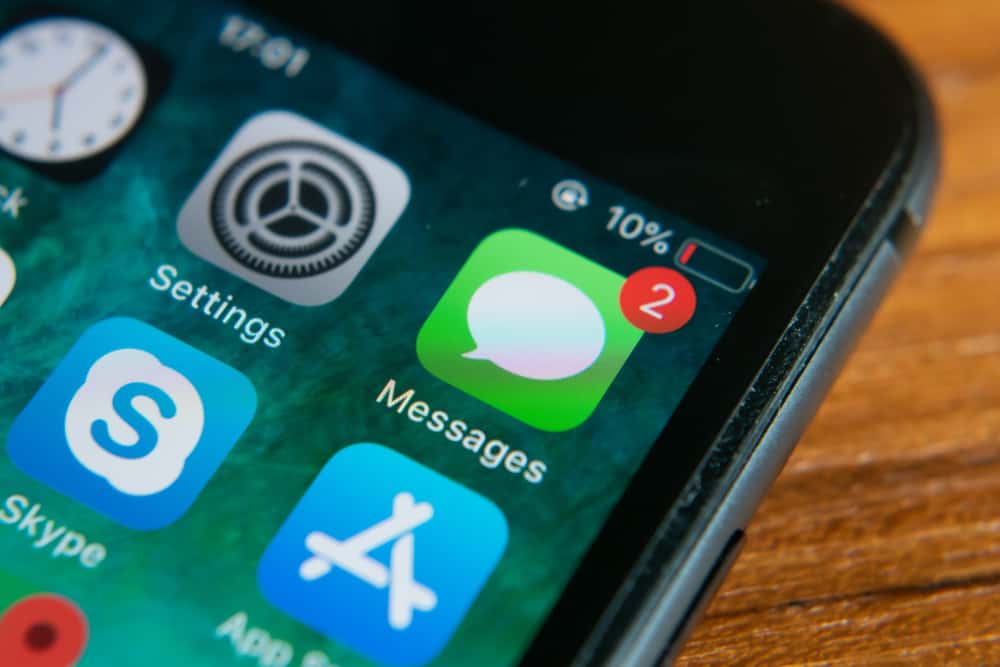One common question when using iMessage is whether the recipient can have an iMessage delivered when their phone is dead. What does it take for an iMessage to get delivered? With iMessage, you can send individual or group messages, and this guide explains what happens when the recipient’s phone is dead. We will understand how iMessage works and what it takes for an iMessage to get delivered. Further, we will discuss what happens when an iMessage gets sent to a dead phone. Also, we will cover the questions users ask regarding their iMessage.
What is iMessage?
iMessage is a messaging service that Apple offers for communication across its devices. With iMessage, Apple users enjoy a free and convenient way of messaging across all their Apple devices instead of using regular paid messaging. When you turn on the read receipt option, someone can know when you read the sent message. Here are the key features that iMessage offers:
The messaging service only supports Apple devices. iMessage is an alternative to SMS. iMessage requires an internet connection to get delivered. Unlike SMS, iMessage offers more encryption for data, making it a secure option.
Do iMessages Deliver When Phone is Dead?
Apple offers iMessage as a free way of messaging across its Apple devices, provided you have an internet connection. You can choose to stick to the SMS and incur the charges. While using iMessage is great, users are curious to understand what happens when an iMessage is sent, but the target phone is dead. Does the iMessage get delivered? To understand what happens after sending an iMessage, we should understand the conditions required for iMessage to work. They include the following: If you’ve enabled the SMS option instead of iMessage, your message will get sent as an SMS. If the target phone is off, the iMessage won’t get delivered to the iPhone until it comes back on and has an active internet connection. However, if the target person has signed into their other Apple devices, such as iPad, Mac, etc., the iMessage will get delivered to these devices. That way, the target person can access the shared iMessage with these devices despite their iPhone remaining turned off. For instance, someone who has enabled iMessage on their MacBook and on their iPhone will get it delivered to the MacBook even when the iPhone is turned off. When the iPhone is turned off, the message will remain in the iMessage servers for 30 days, such that within 30 days, it can still get delivered to the target iPhone. After 30 days, they can’t get redelivered again.
How To Disable iMessage
Apple offers two messaging options. You can switch between SMS and the iMessage service. When you don’t want to use iMessage, you can disable it from your settings using the simple steps below: That’s how you can switch between the messaging options.
Conclusion
Apple is renowned for its quality of products, including mobile phones. iMessage is a service available for Apple devices and works as an alternative to SMS. When the iPhone is dead, the iMessage sent remains on the servers for 30 days, pending the iPhone to be turned on for the iMessage to get delivered. However, if the target person has enabled iMessage on their other Apple devices, it will get delivered to their other Apple devices.
